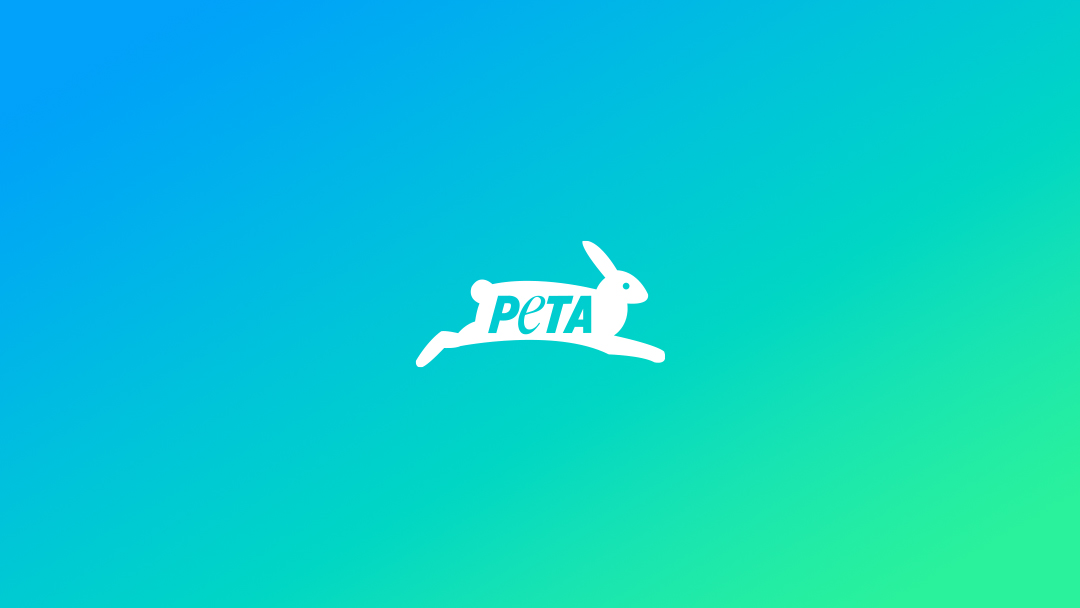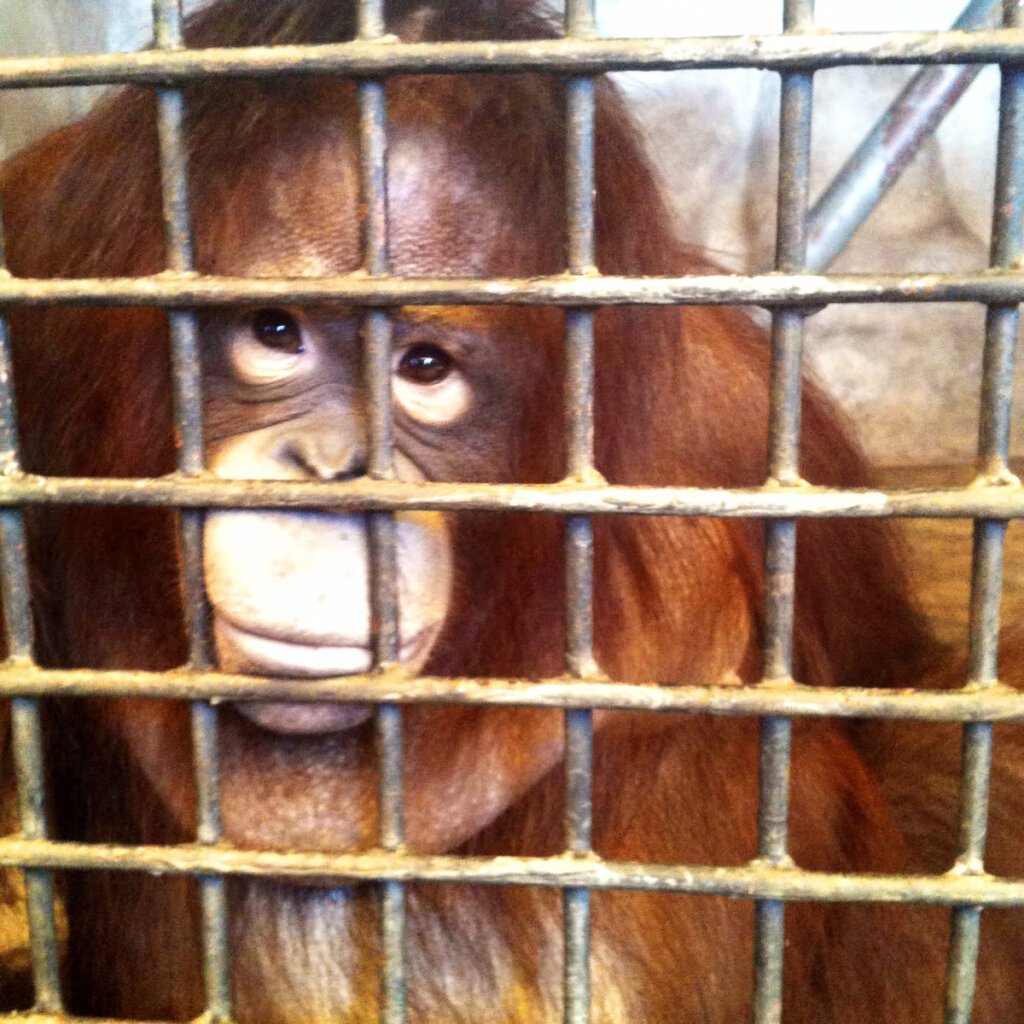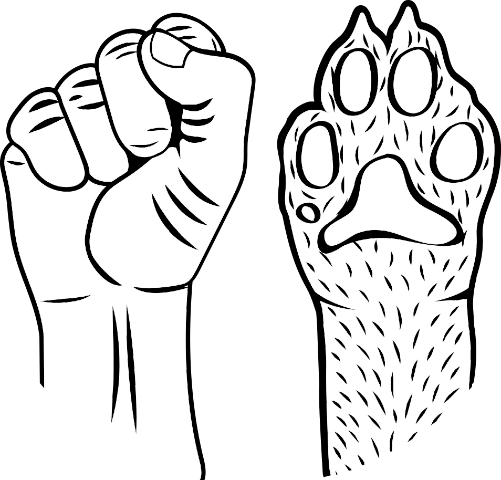
Being Vegan Is Super-Easy
Guest post by Carolyn Cage of Cagey’s Kitchen
Adopting a vegan lifestyle is easier than many would expect.
It’s now become an integral part of my life, and I don’t think twice about it.
I receive all my nutrients from plant-based foods, and eating this way is the sole reason I can afford to cook every day.
Many people are under the misconception that vegans are extreme or that going vegan is extremely difficult. When people discover I don’t consume meat, eggs, or dairy foods, they often ask what vegans actually eat. This is why I created Cagey’s Kitchen.
I wanted to demonstrate that vegans don’t live off just lettuce and carrots and that for any dish that uses an animal, there’s always a vegan alternative.
Since adopting a vegan lifestyle, I’ve enjoyed cooking more than ever. It’s an opportunity to challenge myself in the kitchen and be creative with food. You discover inventive ways to hold fritters together and alternatives to using cream in desserts. Once you begin to think outside the box, the options are endless, and if a meal is a success, it’ll inspire you to experiment further.
As with anything, practice makes perfect, and the more you practise, the easier it becomes. Going vegan means you think about your food and where it comes from. You note what ingredients your meals contain and how they were produced. Knowledge is power, and it can be extremely beneficial to a person’s health and well-being.
The large majority of recipes I present on Cagey’s Kitchen use healthy and unprocessed ingredients, including local and seasonal produce. Nonetheless, my blog features pizza, pancakes, hot dogs, ice cream, burgers, and cakes, all 100 per cent cruelty-free. You don’t have to worry about sacrificing your favourite meals – it’s amazing what you can do with a creative mind.
Ever tried “bacon” made from coconut, “eggs” made from turmeric, “cheese” made from cashews, or “pulled pork” made from jackfruit? You might be surprised by how successfully you can “veganise” any type of food.
Ice cream doesn’t have to contain dairy ingredients, as many alternatives can mimic the desired taste and texture. All you need is frozen bananas and a food processor, and you can add coconut milk, peppermint essence, cacao, or frozen berries to mix things up.
According to Google Trends, Australians search for the word “vegan” more than anyone else in the world. People are slowly but surely learning about the negative impact that the meat and dairy industries have on animals, our health, and the environment. This knowledge is encouraging people to make conscious decisions and eliminate meat and dairy foods from their meals, which increases the demand for more cruelty-free alternatives and more vegan-friendly places to eat. In any case, an establishment that can’t accommodate your dining requirements is not worth supporting.
Another misconception is that vegan lifestyles are expensive. If that were true, I wouldn’t have the luxury of cooking every day, as I’m a university student who works on weekends at the local pub.
Meat and dairy foods are considerably more expensive than fruit and vegetables. Of course, the expense of vegan foods varies widely – for instance, legumes and grains cost less than nuts. Trendy health foods, such as spirulina and acai bowls, may break the bank, but they certainly aren’t necessary for following a plant-based lifestyle. If you’re looking for a great place to find inexpensive vegan foods, try Asian grocery stores.
People also speculate about where vegans get their protein, calcium, iron, and other nutrients. You can obtain them from fruit, vegetables, legumes, and soy-based products.
Did you know that a serving of black-eyed peas contains more calcium than a comparable serving of cows’ milk?
Rice milk, spinach, sesame seeds, and seaweed all contain high levels of calcium as well. After the first month of switching to a vegan lifestyle, my energy levels increased. I now feel healthier than ever. I sleep less, and I accomplish more.
Vegans are often stereotyped as being preachy and eager to force their opinions down other people’s throats. If you think about it, though, it’s actually the other way around. Most of the food in our society isn’t vegan. Advertisements for meat and dairy foods saturate television screens, magazines, and social media.
There’s the old joke “How do you know if someone is vegan? They’ll tell you”. We will if you offer us meat, but we will also try to educate friends and family about how eating meat is one of the leading causes of heart disease, cancer, and diabetes. We may also mention the negative impact that the meat and dairy industries have on the environment and how they cause unimaginable numbers of animals to suffer. We do this because we care, not because we’re trying to force our opinions on anyone.
If you’ve been an omnivore all your life, changing your eating habits may seem like a challenge at first. But be patient and allow yourself to make mistakes. Some people can go cold turkey on animal-derived foods, but others go through a step-by-step process. Most of us are blessed with unlimited access to the internet, so use it to your advantage.
You can find many informative documentaries, videos, articles, and websites out there. Talk to other vegans if you feel unsure. If you don’t know any in real life, there are plenty of meet-ups and groups on social media.
So there it is. You can have your cruelty-free cake and eat it, too.
At the end of the day, if you think about it, eating animals is weird and cruel, and we simply don’t need to do it to survive and thrive. Be creative and compassionate.
Follow @cageys_kitchen on Instagram, and let me show you how easy following a cruelty-free lifestyle can be.
Help Animals in 2025: Renew Your PETA Membership!

